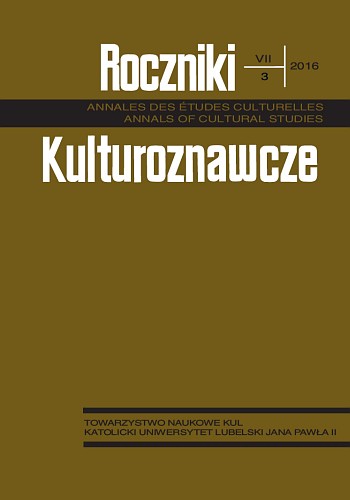Literatura polska w Japonii
Polish Literature in Japan
Author(s): Ryszard ZajączkowskiSubject(s): Language and Literature Studies, Studies of Literature, Polish Literature
Published by: Towarzystwo Naukowe KUL & Katolicki Uniwersytet Lubelski Jana Pawła II
Keywords: Polish literature; Japan; Quo vadis; Kolbe; Lem; Gombrowicz; Schulz; Musierowicz
Summary/Abstract: Polish literature in Japan began to gain notoriety, especially since the 1920s. It was connected with the regaining of independence by Poland, thereby increasing contact between those two countries. Thanks to Quo Vadis, Henryk Sienkiewicz became the most famous Polish writer, but before World War II, Peasants by Władysław S. Reymont and excerpts of Ashes by Stefan Żeromski were also translated. In the interwar period Polish artists and clergy (father Maximilian Kolbe) were staying in Japan. After World War II mutual contacts have been revived since 1957. The activity in the field of culture was often ahead of political contacts. Almost all works of Stanisław Lem, Brono Schulz, Witold Gombrowicz and Witkacy have been translated to Japanese. Also, Polish literature for children and youth is known in Japan. Among contemporary literature the books of Małgorzata Musierowicz have been particularly successful in finding readers. Among Slavists Adam Mickiewicz is well known and increasingly more commented on. In a relatively small range the works of Czesław Miłosz and Wisława Szymborska were translated. However, the lack of translations and professional historical and literary elaborations makes it so that the image of contemporary Polish literature in the country is still very limited, albeit there’s still gradual progress.
Journal: Roczniki Kulturoznawcze
- Issue Year: 7/2016
- Issue No: 3
- Page Range: 147-169
- Page Count: 23
- Language: Polish

